Up Next

For all the celebrations of Lewis Hamilton’s astonishing success in winning seven Formula 1 world championships, there are always those who attempt to water down what stand as some of the most extraordinary achievements in the history of grand prix racing.
The arguments are well-worn, but are worth delving into in more detail both to debunk them and evaluate whether there is anything to them.
None of this is an attempt to argue Hamilton is better than the greatest of the past, merely that he stands shoulder to shoulder with the most remarkable drivers who have ever practiced their art in grand prix racing.
The arguments about which of that group of greats is number one is a debate for another day, this is simply a look at why many of the criticisms of Hamilton are at odds with the way grand prix racing works – and has always worked.
After all, so many of these criticisms could be levelled at those who have gone before.
Hamilton always has the best car
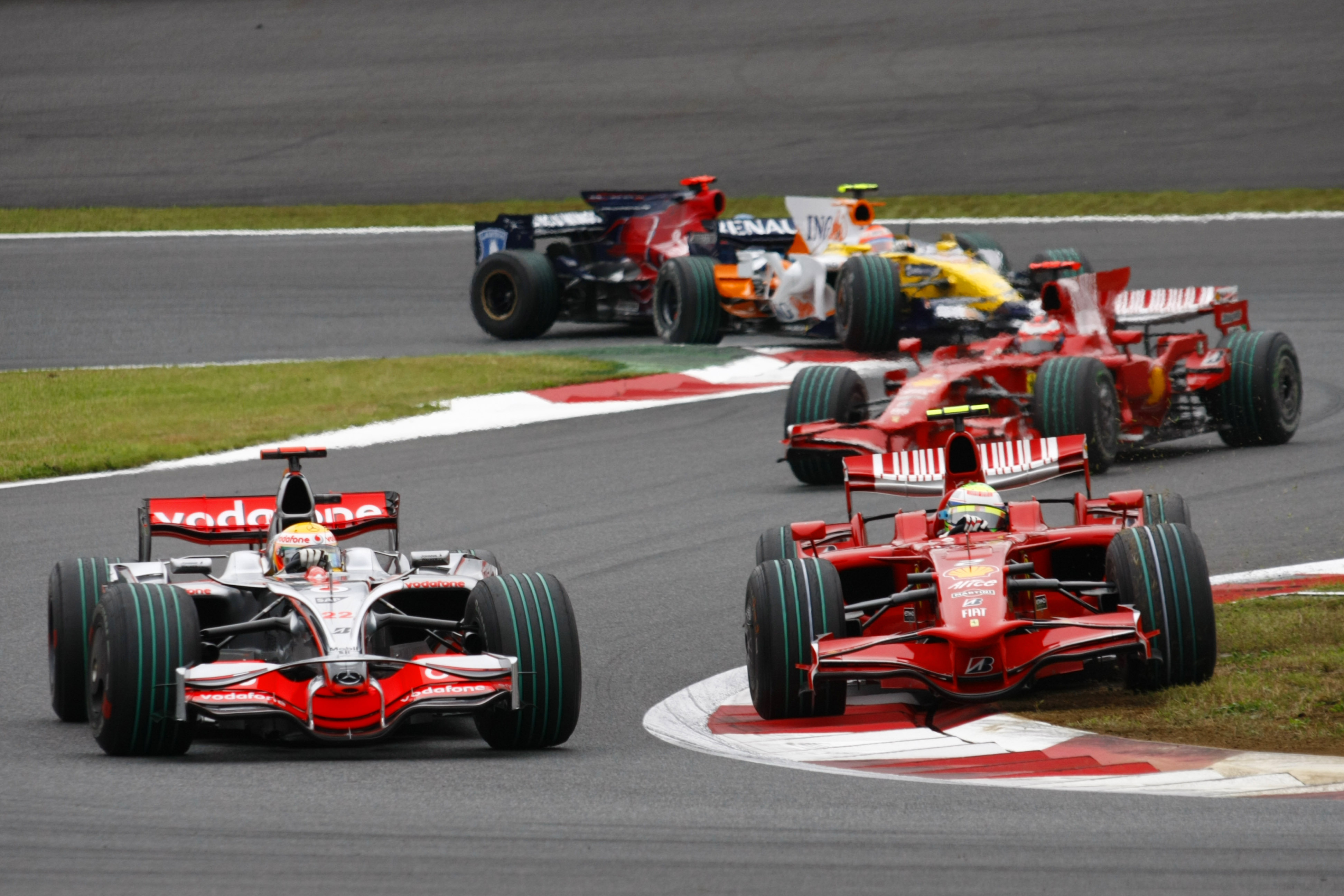
There’s no disputing the fact Mercedes has often had a car advantage for the past two seasons, and for much of the V6 turbo hybrid era. But across Hamilton’s seven titles, you can make a case that for three of them there were other teams capable of winning the championship – Ferrari in 2008, 2017 and 2018.
This is often forgotten when this criticism is levelled, as is the fact that Hamilton himself has also played a central role in making Mercedes the pre-eminent team of the past decade.
It’s also a somewhat disingenuous argument as the unstated premise here is the grand prix history is full of drivers winning the title in cars that were not at least equal-best. While it has happened, very often the title is won by the driver in the best car.
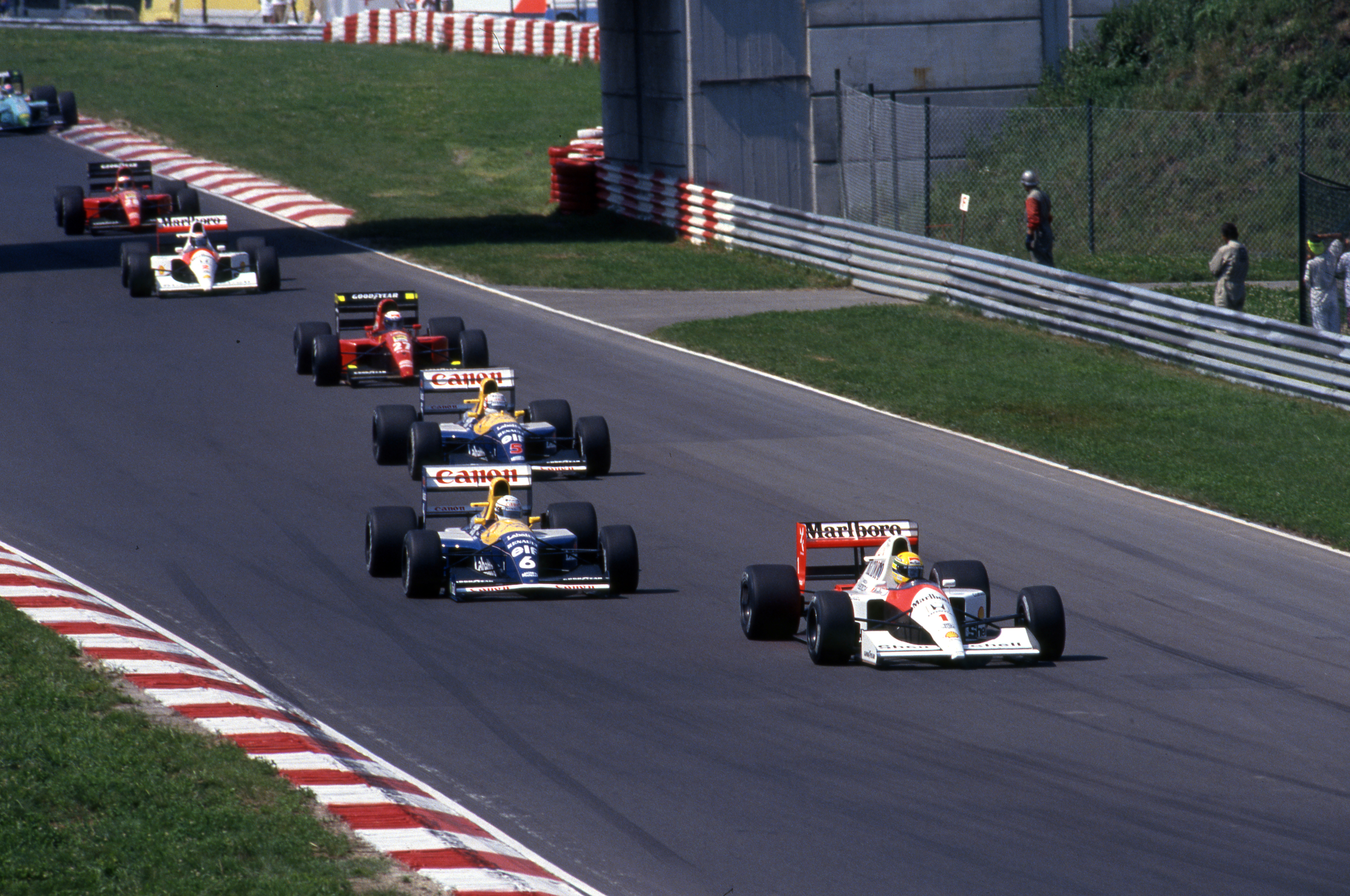
All three of Ayrton Senna’s crowns were in the best car, as although the 1991 McLaren wasn’t as quick as the Williams for much of the season it was more reliable.
The same can be said for Jim Clark, for perhaps four of Juan Manuel Fangio’s titles and the majority of Michael Schumacher’s. Yet that does not and should not undermine the legitimacy of their undeniable claims to greatness.
Grand Prix racing is about a fusion of human and machine. The laws of physics define what the car is capable of and it’s down to the driver to get as close to 100% of that potential as possible. And Hamilton has been extremely good at doing that.
Granted, for the spectacle we’d all enjoy seeing him against stronger opposition, but you can make that case for those who have gone before as well – it’s simply not how things usually work in F1.
After all, great drivers do not spend their careers in bad cars because they are great drivers. And you can hardly argue that he had a dominant car in the Turkish Grand Prix yet in a mixed-up race that showcased the brilliance of the driver, once again he prevailed.
Hamilton doesn’t have to race hard
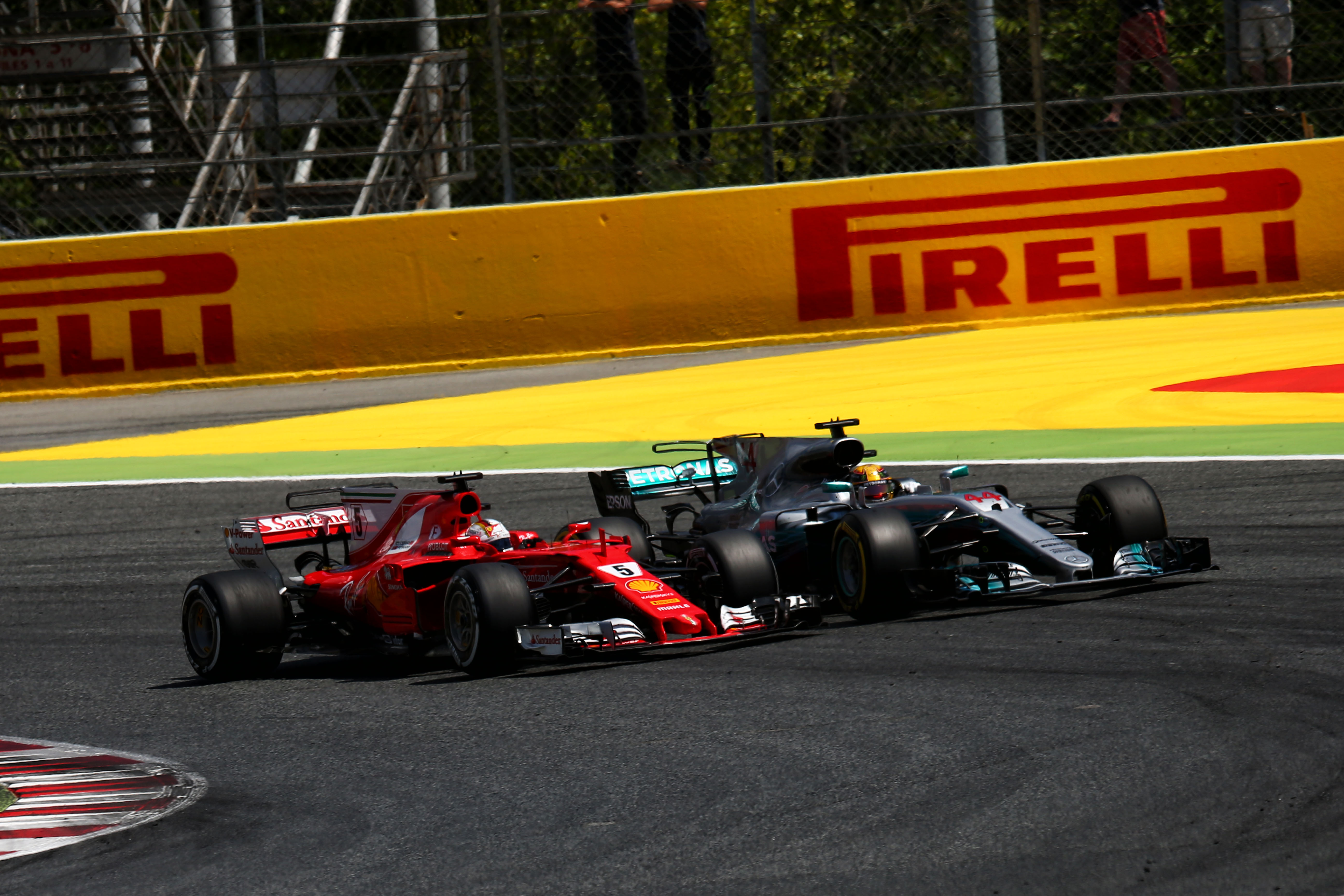
Given Hamilton has 97 pole positions, it’s no surprise that he has racked up plenty of lights-to-flag victories in his career. But he has also shown that he is one of the best in wheel-to-wheel action when he’s had the chance.
During his career, he’s won from as low as 14th on the grid and has 11 victories from off the front row. It was his wheel-to-wheel prowess, alongside his sheer speed, that first caught the eye when he came into F1 so he has plenty of credit in the bank when it comes to this.
It’s simply that, very often, Hamilton does such a good job that he is at the front already and can stay there. This is an underrated skill that looks so straightforward from the outside, but requires relentless focus, great performances, ace tyre management and the capacity to adapt as conditions change.
When he wins without having to race other cars in literal terms, he’s effectively done his racing in other ways.
And he’s no exception when it comes to that as plenty of the greatest have done the same. Clark took eight so-called ‘grand slams’ – pole position, fastest lap and all laps led – in his F1 career with Hamilton racking up six. Michael Schumacher has five, Jackie Stewart and Senna four – and there’s nothing wrong with that.
The simplest way to win a race is to control it from the front. But it’s being in that position in the first place then not letting that advantage slip race after race that characterises the greats.
Hamilton has a compliant team-mate
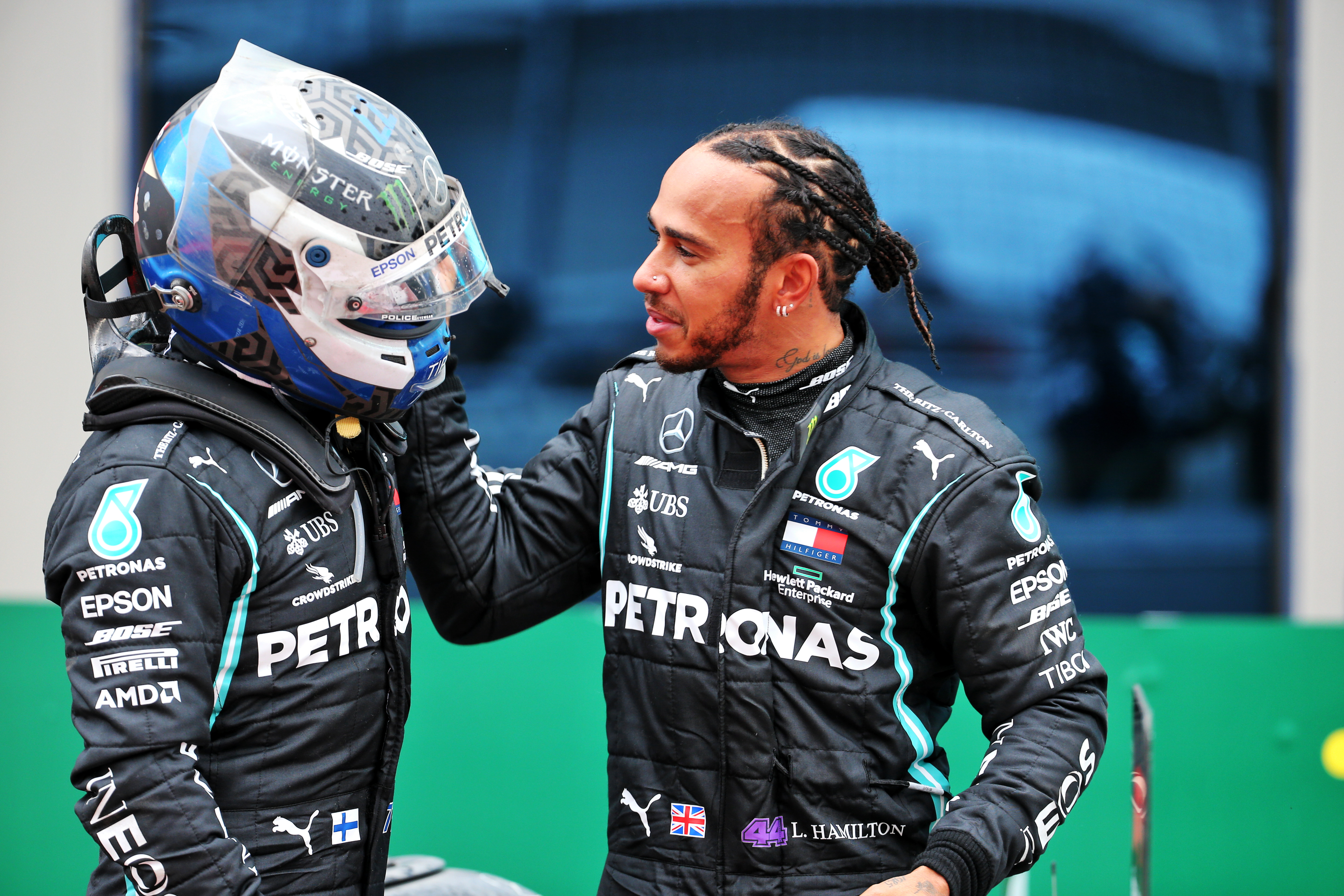
Hamilton has certainly had a decisive advantage over Valtteri Bottas during their four seasons together. At Mercedes. But Bottas is a seriously good driver who has pushed Hamilton hard in qualifying even though he often comes up short on Sundays thanks to not matching Hamilton’s adaptability.
This disparity casts light on Hamilton’s excellence rather than suggesting Bottas is a poor driver. The greats always make the ‘merely’ very good look average.
But Hamilton has hardly had a queue of compliant team-mates throughout his career. He has partnered three drivers who won world championships – Fernando Alonso (pictured below with Hamilton at McLaren in 2007), Jenson Button and Nico Rosberg – and won two of his titles up against the latter.
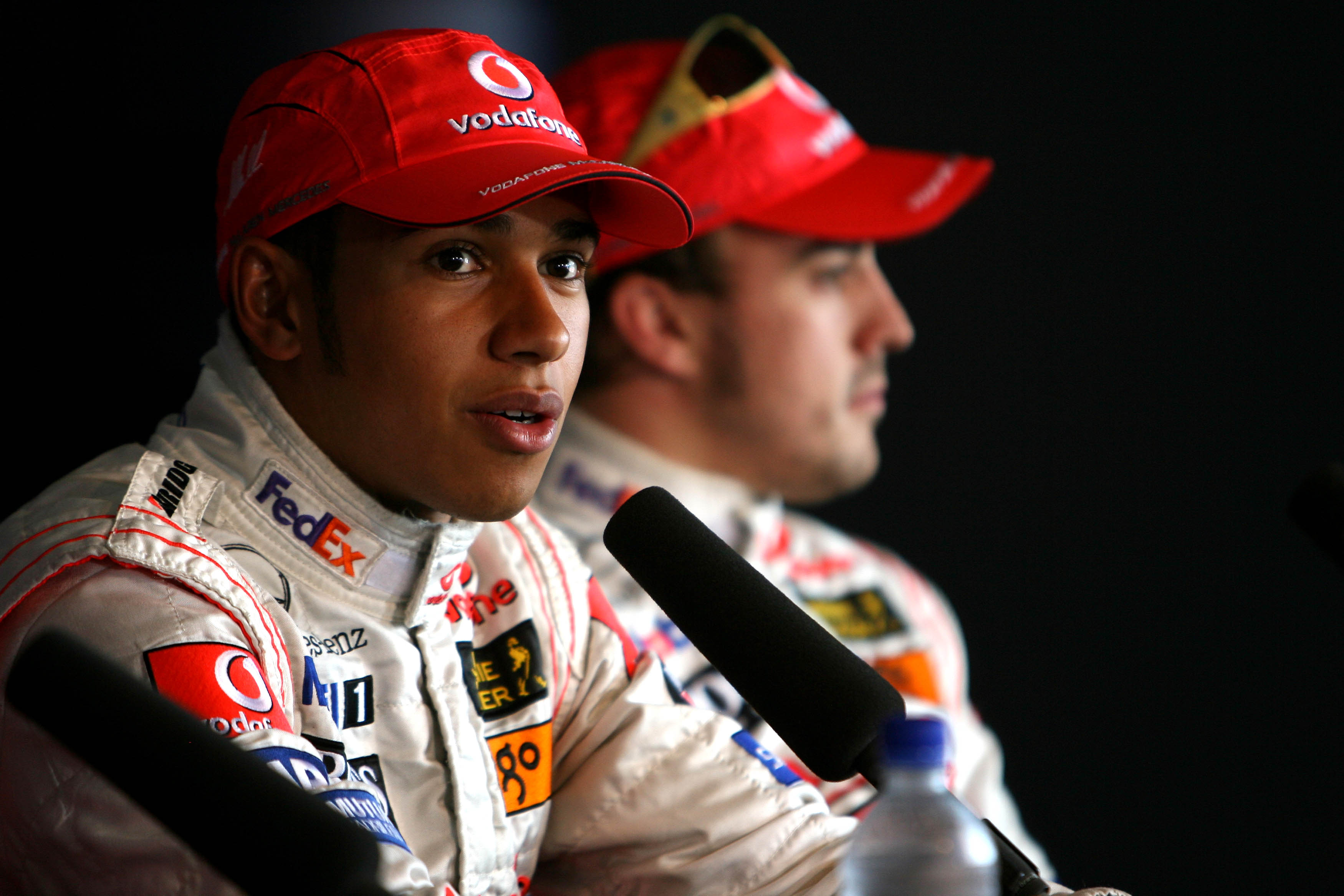
In 14 F1 seasons, he’s partnered champions in eight of them, had four alongside Bottas and the other two spent alongside Heikki Kovalainen. That’s one of the most formidable array of team-mates any driver has been up against.
While he is the de facto team leader at Mercedes, that’s thanks to his performance rather than a pre-ordained status.
The days where there were very formal hierarchies in teams have passed, so there’s no equipment or tyre advantage and he’s certainly hasn’t taken over his title-rival team-mate’s car during a race as Fangio once did. That’s not to denigrate Fangio, for he stands alongside Hamilton as one of the greatest of all time, but it does expose the holes in the argument.
In F1, performance is everything and teams become the domain of the better drivers even if it upsets the existing order. Just look at Charles Leclerc making Ferrari his own since joining as Sebastian Vettel’s junior team-mate.
That’s not to say we wouldn’t be fascinated to see Hamilton up against Max Verstappen or Leclerc in the same team – but he’s in the position he is in because of his brilliance.
Hamilton – and all today’s drivers – have it easy
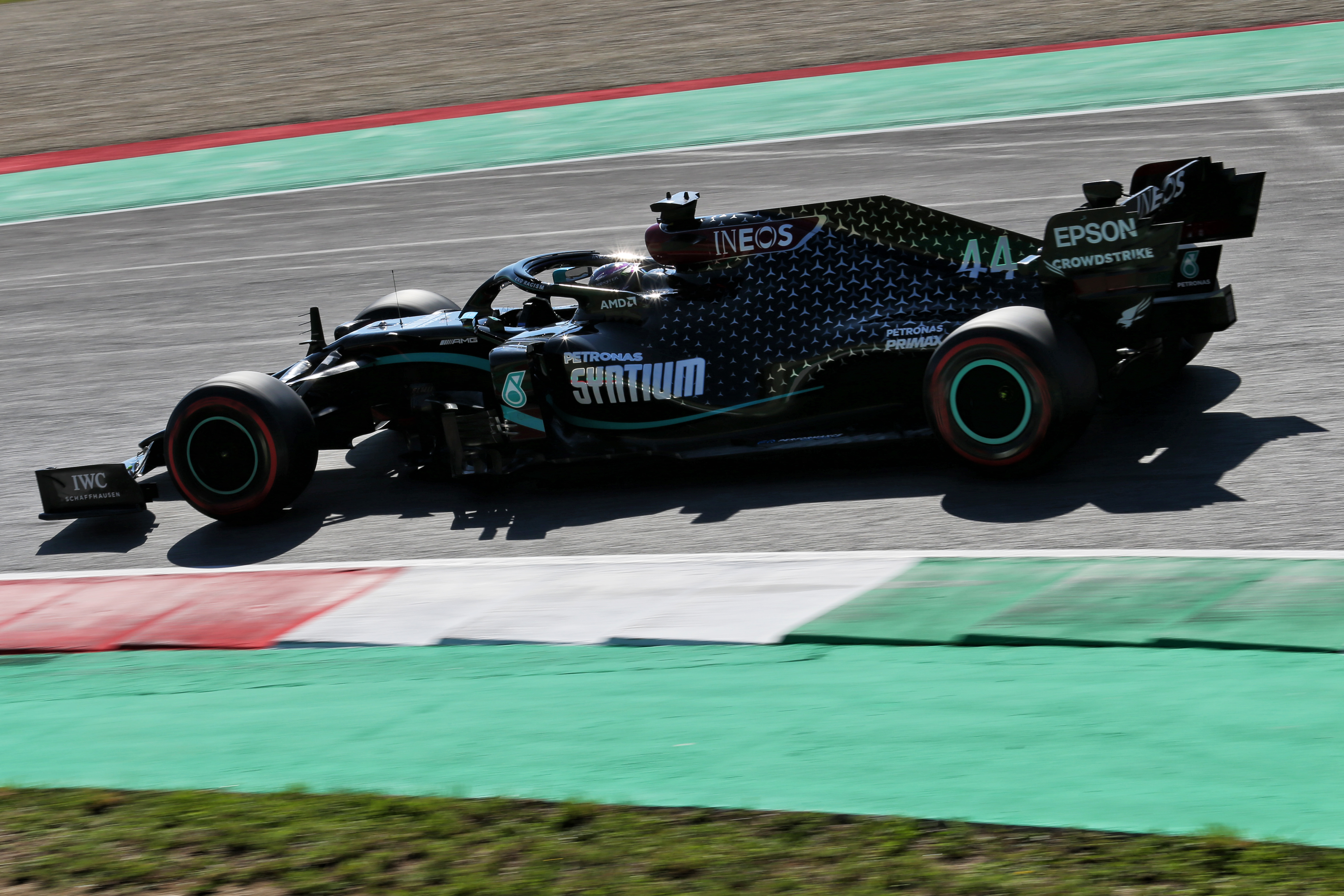
Humanity has a tendency to denigrate the challenges of the present compared to the challenges of the past. There’s no lack of examples of that in the history of literature, and it applies to evaluation of sporting achievements too.
The challenges of winning the world championship have constantly shifted through the decades. It’s certainly true that, thankfully, drivers are now very rarely injured or worse whereas once the risk of that was substantial.
But while drivers no longer stake their lives against odds that mean some definitely won’t make it, eliminating much of the resolve to do so, this also means that the regions in which the best can show their advantage is narrowed. What’s more, while drivers are no longer having to dance the fine line between life and death, the skill required to get the most out of a grand prix car remains universal.
Although today’s safety measures create a buffer, today’s cars are hugely complex and require a more cerebral approach than ever before. While teams are enormous, with every detail optimised and point of data absorbed, it takes a set of skills to be the driver at the heart of that.
The idea that modern F1 cars drive themselves is a reductive one and demonstrably untrue given performance differences exist between drivers. It might be a colder, less romantic, form of Grand Prix driving, but that doesn’t mean it’s straightforward.
You have to be a different kind of driver in 2020 to the one even that Hamilton had to be 12 years ago to win his first title. So it is as you work your way back through time.
The exact equation that you must solve to prevail changes, but the difficulty of finding that solution doesn’t. It’s right to say F1 is different now. And it’s fair to say the stakes were once higher personally given the risks involved. But easier? No.
Hamilton talks too much
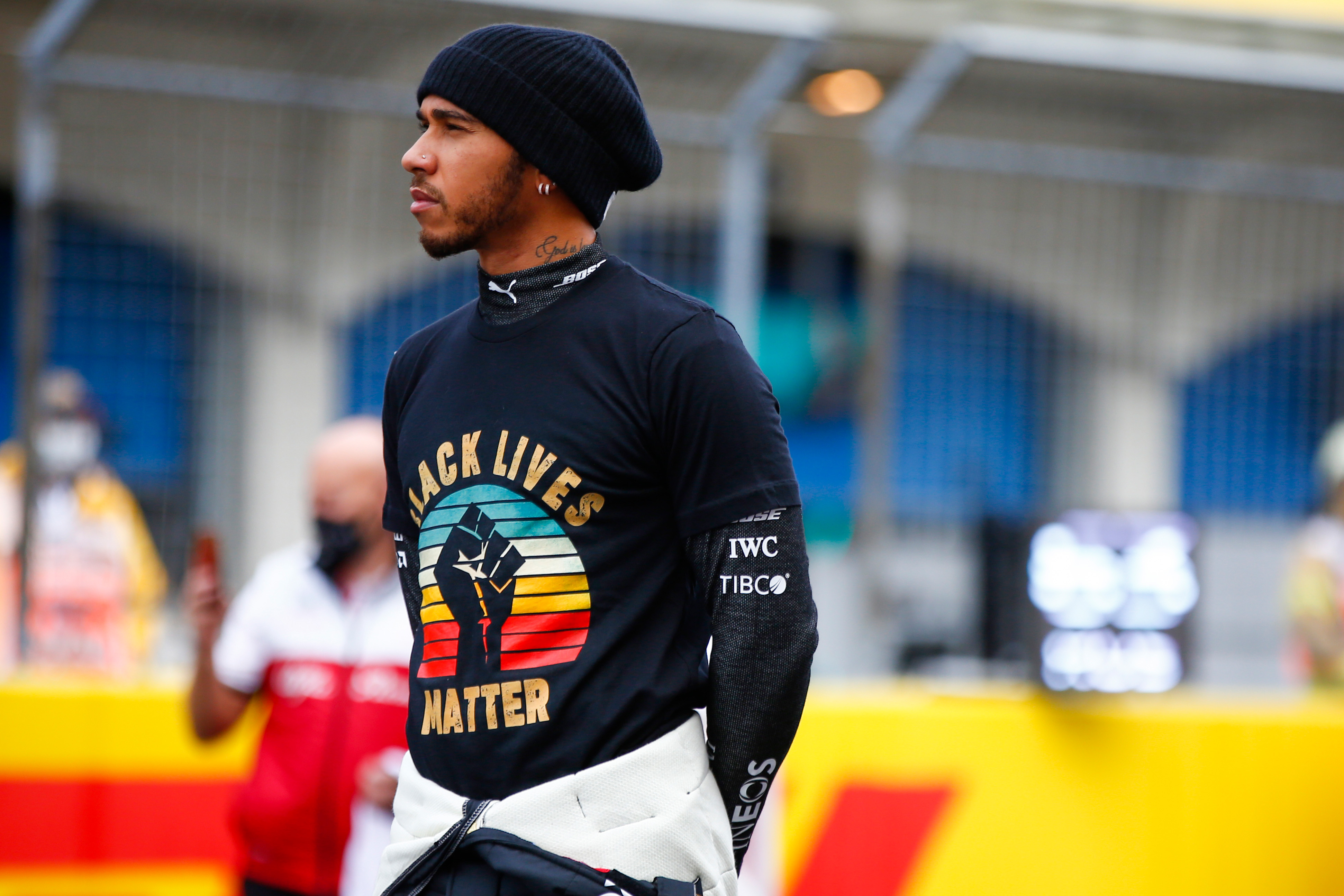
This is the strangest of the criticisms. Regardless of whether you agree with Hamilton’s causes, surely respecting him for using his platform for advance such principles is the logical reaction? The clamour to discredit him as a driver because of what he does off-track is illogical.
After all, some of the great sportspeople in history are venerated for making their voices heard. Chances are, in future that aspect of Hamilton will be appreciated more.
But the idea this somehow compromises what he does on track is absurd regardless of where you sit politically.
The fact is, Hamilton is a hugely important grand prix driver off-track as well as on it. And he has that in common with the greats, even if the way this sort of trait manifests itself varies depending on the driver and the era.







